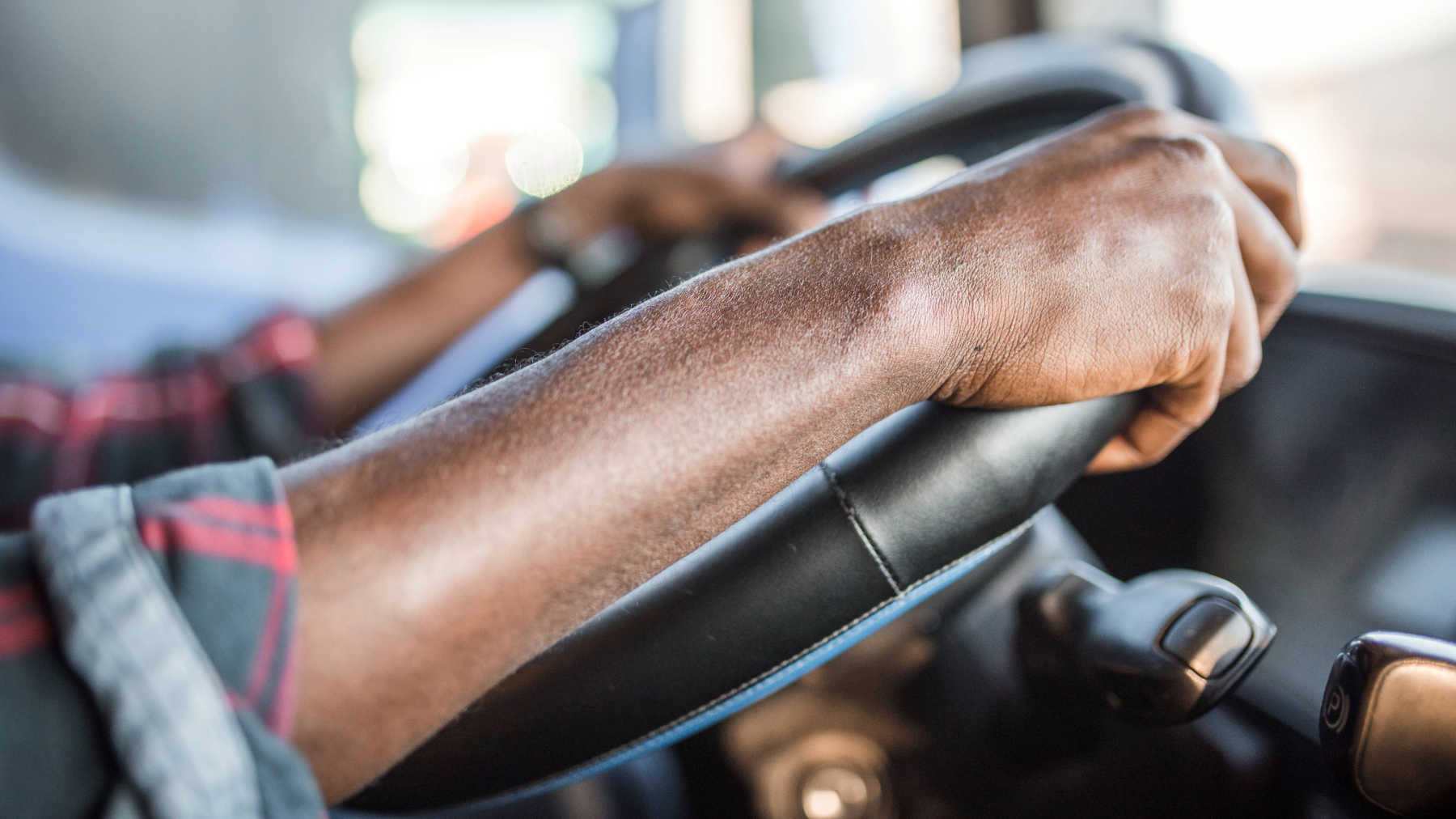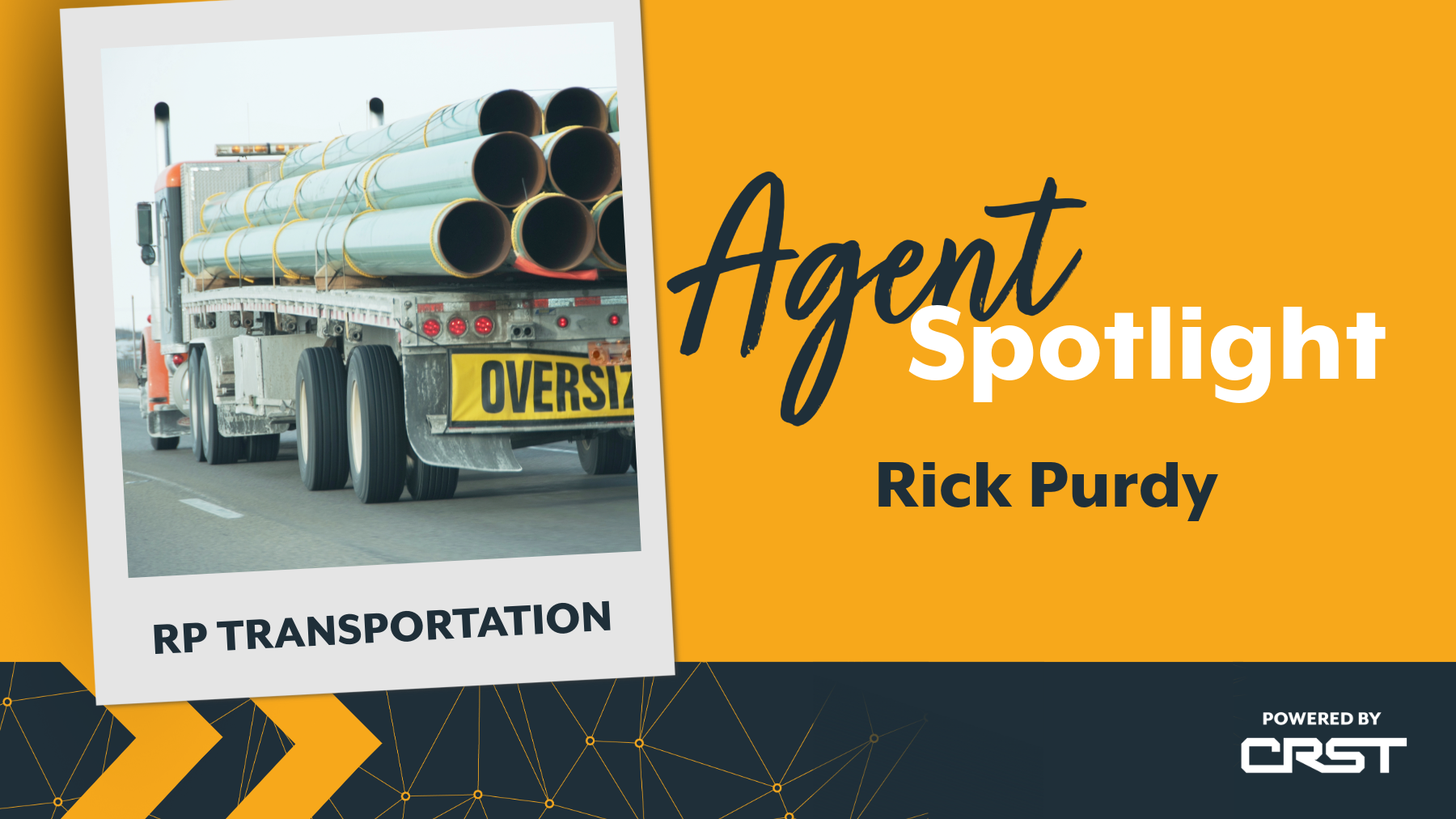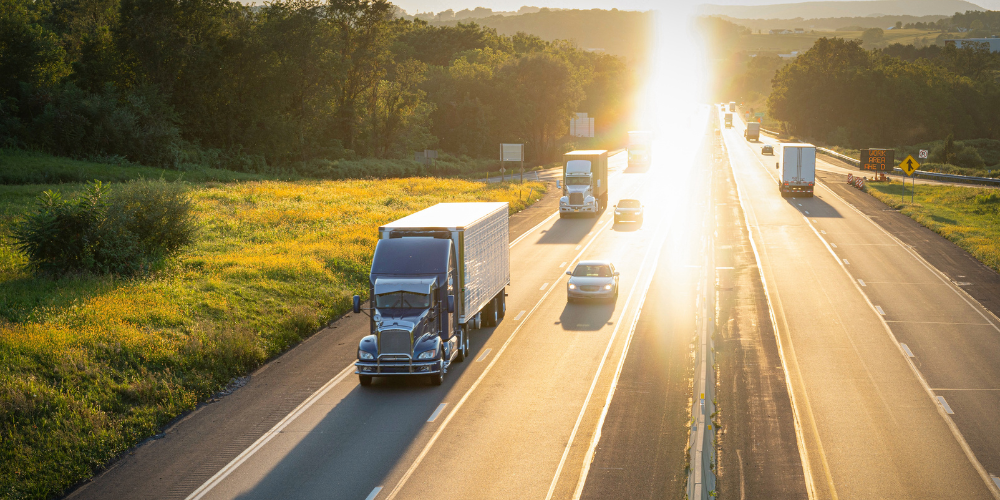By staying informed and alert, you have the power to help disrupt trafficking and protect vulnerable individuals. This guide offers tips to spot signs of trafficking, report it safely and highlights resources like CRST’s initiatives to support truckers against trafficking.
Why awareness matters for truck drivers
Traffickers often exploit high-traffic areas along highways like truck stops and delivery hubs, as these are spaces with significant movement and less oversight. By understanding what to look for, drivers can identify red flags and contribute to creating safer communities.
Drivers are the front-line warriors in combating this evil.
“Drivers are the front-line warriors in combating this evil,” says CRST senior account manager Sondra Hancock. “At any given time, we’re in places traffickers frequent – truck stops, motels, rest areas. Together, we can make a difference. The question is, ‘Are you willing to join the fight?’”
Recognizing the Signs of Human Trafficking
Keep an eye out for these key indicators of trafficking:
Behavioral signs
- Individuals avoiding eye contact or exhibiting fear, anxiety, or submissiveness
- Someone who appears malnourished, injured or disheveled
- People who are not allowed to speak for themselves or seem controlled by someone else.
Situational signs
- Young individuals in inappropriate environments, such as minors at truck stops late at night
- Vehicles carrying distressed passengers or displaying abnormal behavior (extended idle times, constant comings and goings)
- Frequent turnover or suspicious activities in a parking area, such as short stops or quick exchanges
Physical Indicators
- Branding tattoos (e.g., barcodes)
- Few personal possessions except a phone
Drivers can also tune into CB chatter for phrases like “daddy,” “wifey” or “tricks” – common in trafficking circles.
How to report trafficking incidents safely
Spotting potential trafficking is only the beginning. What happens next can directly affect both your safety and the victim’s. “If you see something, don’t confront the traffickers or victims directly,” says Dana Spencer, CRST director of safety. “Your safety is critical.”
If you see something, don’t confront the traffickers or victims directly.
- Call the National Human Trafficking Hotline at 1-888-373-7888
- If the situation is urgent, dial 911
Share as much information as possible, such as location, vehicle descriptions, license plates and observed behaviors. These details are invaluable to investigators.
Unsure if it’s trafficking? Report it anyway
Sometimes, you might feel uncertain about whether a situation qualifies as human trafficking. Spencer advises you should report it anyway.
“Even if you’re not sure, your tip could still aid an investigation,” she says. “It might combine with reports from different observers to create a fuller picture for authorities.”
Even if you’re not sure, your tip could still aid an investigation.
Reporting potential trafficking is vital, as professionals like law enforcement and groups such as Truckers Against Trafficking (TAT) have the expertise to assess situations. Even if one tip seems minor, combined reports can help authorities connect the dots. Your role is to share what you observe, leaving intent and judgment to the experts.
How CRST supports truckers in fighting human trafficking
Knowing the key role drivers play in combating human trafficking, CRST provides the tools and support drivers need to take action.
- Training programs – CRST offers training to help drivers spot signs of trafficking and respond effectively. These programs include practical examples of red flags specific to trucking.
- Partnerships with organizations – CRST works with groups like TAT to educate and empower drivers. TAT’s resources, such as its mobile app and materials, give truckers the confidence to act.
- Internal safety resources – Drivers can access CRST safety contacts and reporting guidelines. Whether through formal training or printed materials, these resources are designed to help drivers take an active role in stopping human trafficking.
Remember, you are part of the solution
Truckers play a critical role in stopping human trafficking. Your vigilance, combined with education and resources, can save lives and create safer communities.
“The difference truckers can make is immense,” Spencer says. “It’s about being aware, spotting the signs, and knowing how to act.”
The difference truckers can make is immense.
Hancock agrees: “Knowing what to look for can have a significant impact,” she says. “A short call from a driver once led to the rescue of seven minors and 31 convictions.”
Together, we can increase the impact drivers have in ending human trafficking. If you’re not part of an initiative like Truckers Against Trafficking, now’s the time to get involved.





